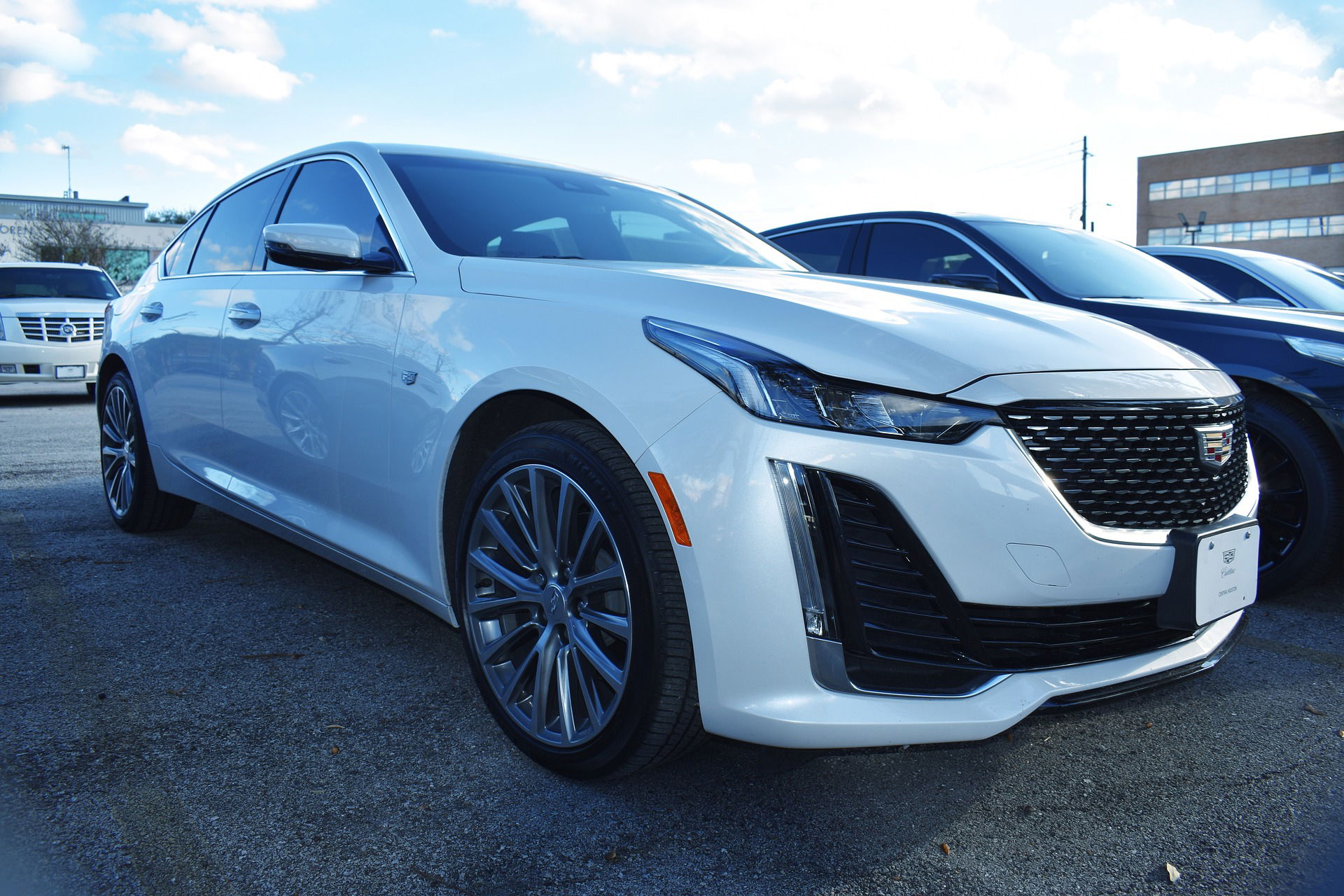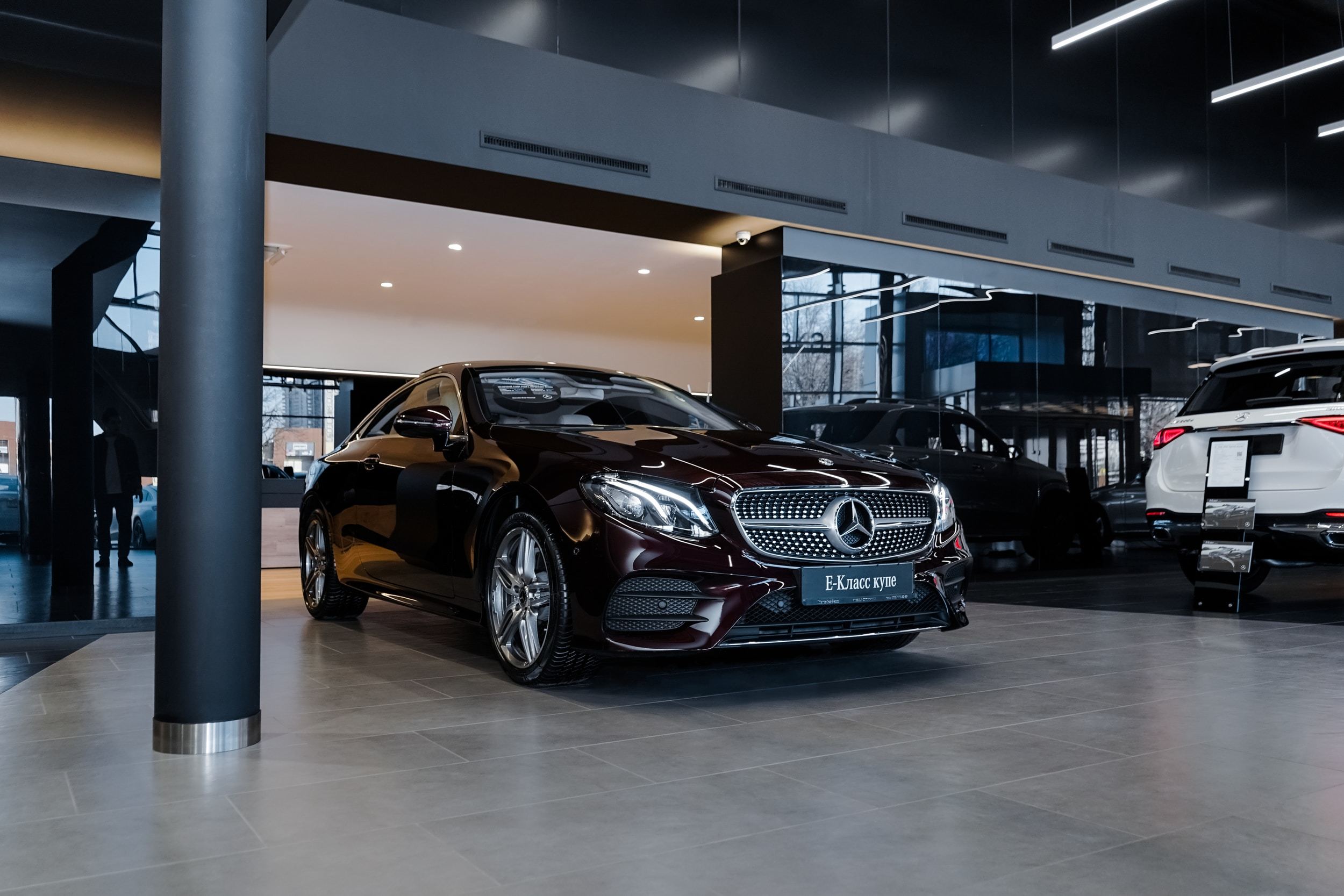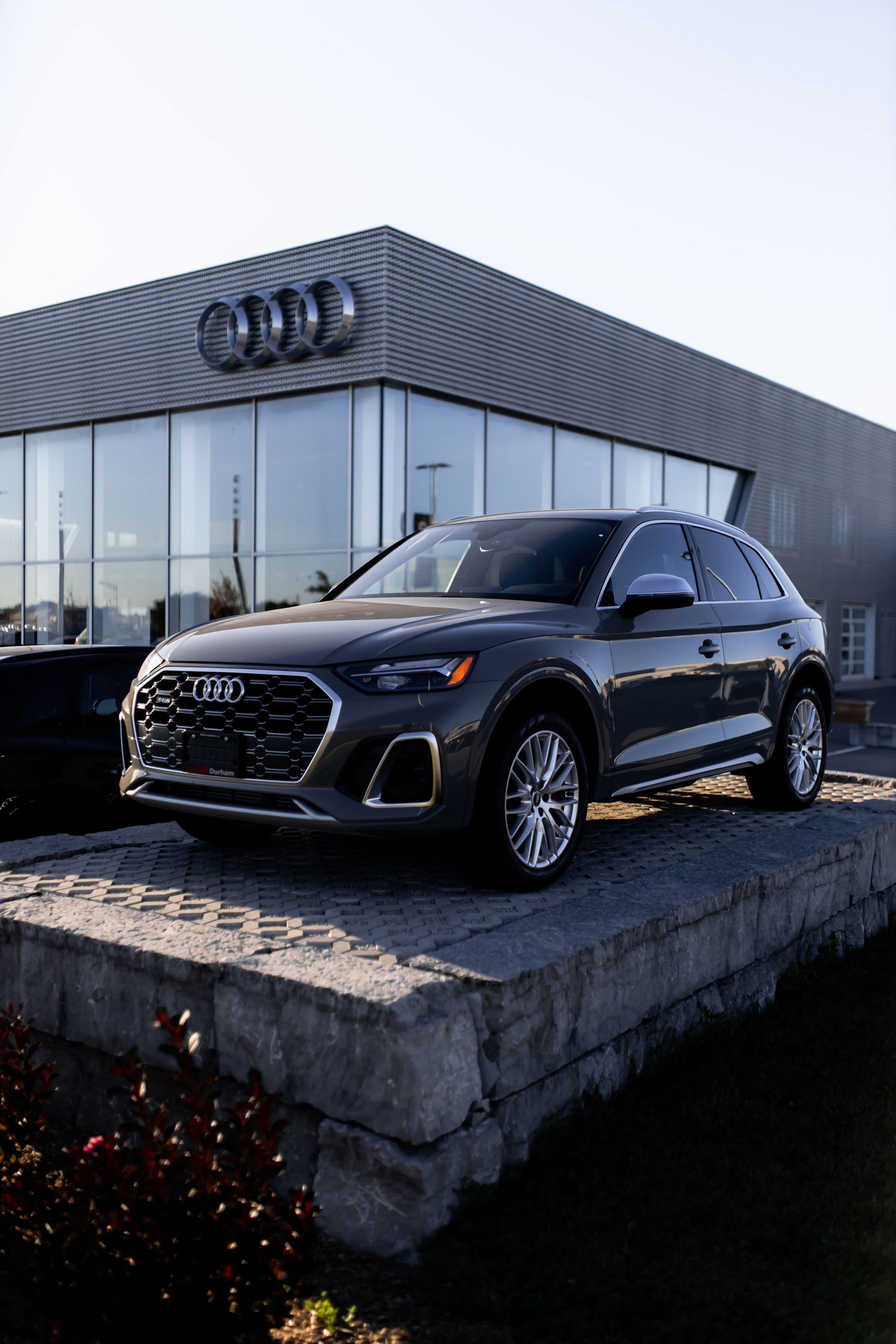For shoppers asking “when is the best time to buy a car?” the short, actionable answer in 2025 is: late fall (October–December), especially the end of month and end of year — but only if you pair timing with careful credit and pricing strategy. That conclusion comes after an expert read of Cox Automotive’s Q3 2025 Industry Insights and Sales Forecast (Sept. 25, 2025) and cross-checking market intelligence from Edmunds, Kelley Blue Book, J.D. Power and recent industry reporting.
Here’s why — and how to turn timing into real savings.
Why Late Fall Is The Best Period To Buy A car in 2025
Historically, dealers offer their deepest discounts in October through December as they try to hit monthly, quarterly and annual sales targets; manufacturers also clear outgoing model-year inventory then. In 2025 those structural incentives remain intact and, crucially, are amplified by market stressors identified by Cox Automotive: tariff-driven cost pressure on new vehicles, signs of softening used-car demand after a summer spike, and dealer sentiment that’s cautious around rates and credit.

That combination creates negotiation leverage for buyers who shop in late fall — particularly at the end of month or the final week of December.
Cox’s Q3 presentation explicitly flags tariffs as a real and measurable upward pressure on vehicle costs (Cox estimates thousands of dollars of potential impact on imported vehicles) and shows dealer sentiment shifting toward concerns about the economy and interest rates — factors that push dealers to be more aggressive with incentives when they need to move metal.
That makes late-year windows some of the best time in year to buy car for price-conscious buyers, provided transaction financing is reasonable.
End-of-Month And Holiday Sales: When Is It Best To Buy A car?
If you want one clear rule: combine calendar pressure with quotas. Salespeople and dealership groups operate on monthly and quarterly targets; the last 3–5 days of any month (and especially the last days of Q4) are when true deal flexibility shows up — freight credits, dealer cash, and dealer-installed option discounts that aren’t advertised.
Major holiday sales events (Memorial Day, Labor Day, Black Friday/Cyber Monday, and end-of-year clearance) create both manufacturer-backed incentives and dealer-level price movement. Multiple authoritative guides (Edmunds, KBB, US News) still point to these windows as the best time to purchase a car for savings.
That said, timing alone isn’t enough in 2025: interest rates remain high compared to the pre-2022 era and Cox flags credit complexity as a near-term challenge. If you rely on dealer financing, the end-of-month discount can be partially offset by higher APRs unless you’re pre-approved or can negotiate the financing separately. Always get finance pre-approval to lock in total cost.
New vs. Used: Good Time To Buy A Car Depends On Which Market You’re In

Cox’s data show new-vehicle sales rebounding in 2025 but also warn that tariffs could push list prices higher — Cox expects a 4–8% price increase across new and used vehicles tied to tariff impacts. New car shoppers should watch for manufacturer incentives and aggressive model-year-ending programs in late summer into fall; automakers often increase finance incentives on outgoing models in August–September, producing buying opportunities.
For used cars, authoritative seasonal patterns persist: October–November historically offers dealers ample late-year inventory and lower transaction prices as they make space for new units. Edmunds and other pricing analyses still identify October–December (especially October–November for used vehicles) as the good month to buy a car if your goal is lower purchase price.
A caveat: 2025 saw a volatile used-car period — summer saw a short-lived surge in values then a rapid cooling; some public retailers (e.g., CarMax) reported sharp markdown pressure in late summer. That volatility means timing saves more when you pair patience with active market tracking (set price alerts and monitor listing trends).
Practical Playbook — How To Use Timing To save (Turn Timing Into Dollars)
- Target windows: Plan visits in the last week of October, the last days of November (post-Thanksgiving, Black Friday period) and the final two weeks of December. Those are the historically strongest windows to capture both dealer and manufacturer incentives.
- Pre-approve financing: With loan rates higher and Cox highlighting credit complexity, obtain a bank or credit-union pre-approval before shopping to separate price negotiation from financing. That preserves the late-month cash incentives while preventing dealers from offsetting discounts with worse APR offers.
- Shop end-of-quarter strategically: If you can’t wait for December, end-of-quarter slack (end of March, June, September) sometimes yields similar pressure as dealers chase quarterly quotas. Cox’s sales forecasts show seasonal SAAR movements that make end-of-quarter timing meaningful.
- Hunt model-year changeovers: August–September often sees incentives to clear outgoing model-year stock — a classic best time to purchase a car trick for buyers wanting a near-current vehicle with a lower transaction price. Edmunds emphasizes this late-summer/new-model cycle as a reliable window.
- Be data-driven with used cars: For used inventory, October and November remain the best months to buy — you’ll see more trade-ins flow through, dealers motivated to reduce carrying costs, and often lower retail prices. Edmunds recommends October–November as the prime used-car window.
The Headline Risks And When To Delay Your Purchase

Timing isn’t a silver bullet. Cox warns that tariffs are an evolving risk and could raise prices materially on imported models; if a tariff policy change is imminent for a model you want, the tradeoff between buying now to avoid future price hikes and waiting for seasonal discounts becomes an individual calculation.
If your target vehicle is highly exposed to tariff risk (many imports, high parts content), buying sooner may be the rational approach — but do so with pre-approved financing and a firm price cap. Also watch used-market volatility: CarMax and other retailers reported abrupt markdown cycles in the summer of 2025, demonstrating how quickly a hot—or cold—market can flip.
If you see a rapid downward trend in listings and prices for your target, you may gain negotiating power by waiting a short time; conversely, if tariffs push new-car prices up sharply, used values can spike, making immediate purchase preferable. Stay alert to industry reports (J.D. Power, NADA, Cox) for signals.
Bottom Line: The Definitive Conclusion On The Best Time To Buy A Car

For most buyers in 2025, the best time to buy a car is late fall — October through December — focusing on end-of-month and especially the final days of December. That window combines model-year clearances, dealer quota pressure, and the highest concentration of manufacturer/dealer incentives.
Pair calendar timing with pre-approved financing, model-year awareness (watch August–September for new-model deals), and active monitoring of used-vehicle listings to convert timing into real savings. This conclusion is grounded in Cox Automotive’s Q3 2025 insights about tariffs, dealer sentiment and sales seasonality and is supported by long-standing dealer patterns tracked by Edmunds, KBB and J.D. Power.